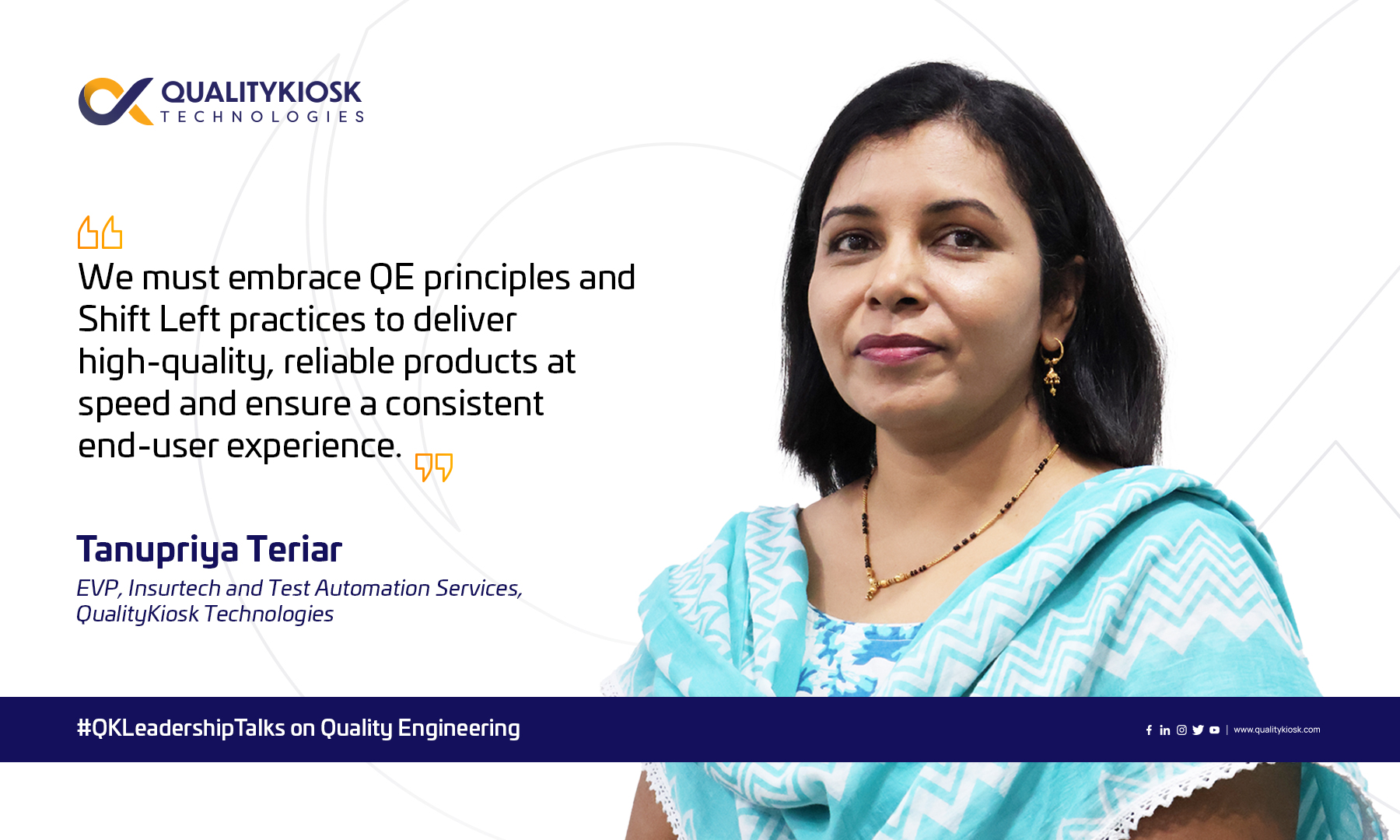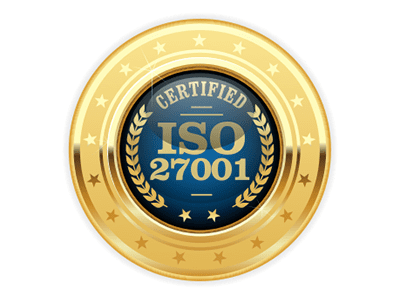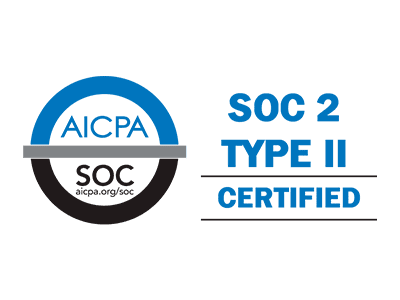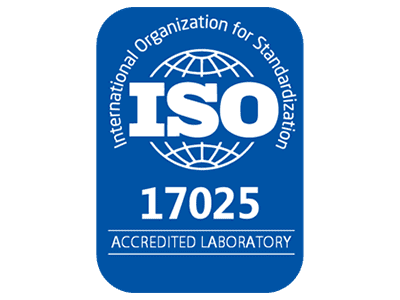Maximizing business potential and enhancing customer experiences with AI-driven Quality Engineering
Customer experience is the heart of every business today. Offering great user experiences, smooth transitions, and secure authentication is critical for the success of enterprise applications today. In a market scenario where customers are spoilt for choices, one interruption or lapse in the conversion journey can nudge customers toward your competitors.
Quality assurance of digital products is, therefore, different from traditional quality assurance.
New development methodologies, such as Agile, DevOps, intelligent automation systems, and AI, have revolutionized how we test digital products. So, we must embrace Quality Engineering (QE) principles and Shift Left practices to deliver high-quality, reliable products at speed and ensure a consistent end-user experience.
As an organization committed to offering delightful digital experiences, you devote a sizable budget for multiple tools, training resources and provisioning, and maintaining necessary infrastructure.
This is where it gets tricky.
Even after building a premium tech stack to guarantee superior customer experience, you can find yourselves in a complicated situation. Distributed application development, lack of compatibility between tools, and non-standard practices can make you lose control.
The ideal way of delivering a dominant customer experience is through a self-service platform where cloud governance and infrastructure creation features are built in and provided to the customer.
It ensures seamless integration of tools, resources, best practices, and assets while standardizing governance policies at the enterprise level.
The evolving role of QE in Insurance
In the insurance business too, Quality Engineering plays a crucial role in maintaining the standards for development and testing of digital products. QE plays a crucial role in this industry due to the complex nature of insurance products and the need for precision in underwriting, policy management, claims processing, and customer service. It is vital for ensuring the integrity of insurance processes, delivering high-quality services to customers, complying with regulations, and managing risks effectively. It helps insurance companies maintain trust with policyholders and stay competitive in a highly regulated and evolving industry.
Some of the key use cases of QE in insurance include:
- Customer Experience Improvement: Most of the insurers are going multichannel. Hence it becomes critical to ensure that the experience of buying a policy, making payments, or maintaining their policies is a seamless and simplified experience.
- First Mover for Product Launches: Reducing the product C2C (concept to cash) and being the first mover to launch their product/concept in the market.
- Risk Assessment and underwriting: Many of the Insurance companies are leveraging AI models in their underwriting process. AI-led QE helps develop and validate underwriting models and algorithms, ensuring they accurately assess risk factors. This improves pricing accuracy and reduces the chances of underpricing or overpricing policies.
- Compliance with Regulations: The insurance industry is heavily regulated. QE ensures that insurance products and processes comply with all relevant laws and regulations, reducing the risk of legal and financial penalties.
- Data Accuracy and Analytics: Insurance industry is a data intensive industry and QE ensures that data used for risk assessment, pricing, and decision-making is accurate and reliable. High-quality data is essential for building accurate predictive models and conducting meaningful data analytics. It also helps insurers build and validate predictive models for various purposes, such as predicting customer churn, identifying cross-selling opportunities, and optimizing pricing.
- AI Led Fraud Detection and Prevention: Most of the insurers are using AI models that can analyze vast amounts of data quickly and accurately to identify potentially fraudulent claims or activities. The validation of these models become critical to validate detection algorithms and systems.
Benefits of using Quality Engineering platforms
Quality engineering tools, processes, and practices help you build applications that offer exceptional experiences. QE’s shift-left approach and agile testing methodology provide continuous feedback across every stage of the software development life cycle, increase confidence in software delivery, and lead to a better final product. Some main benefits to using adopting quality engineering practices within an organization include:
- Improved reliability: By applying engineering principles to system design and operation, you can improve the system reliability and uptime, reducing the impact of outages and other disruptions on users and customers.
- Increased efficiency: Using tools for automating tasks and processes helps you gain a proactive stance in managing system efficiency at reduced cost, time, and effort. Constant communication and collaboration between developers, UX, and QA teams provide diverse perspectives and reduce bugs and technical debt accumulation.
- Better performance: Identifying and analyzing system performance, potential issues, or bottlenecks keeps you in control, allowing you to improve the application’s performance and deliver a better user experience.
All in all, quality engineering platforms can help you build, run and manage scalable digital applications while reducing the time and effort required to do so and improving the reliability, performance, and security of their systems.
The QualityKiosk difference
QualityKiosk Technologies’ innovative and agile quality engineering platforms empower you to delight customers with smooth digital experiences and increase revenue. Our platforms seamlessly integrate with the next-generation solutions that cater to these three pillars. Our solutions help you apply automated preventive, detective, and corrective measures through processes, people, and systems to avoid failures. We automate the QE processes using artificial intelligence (AI) for automating tests, enhancing accuracy, and optimizing customer experiences.
In our next post, we will discuss the evolution of Quality Engineering to Quality Intelligence within the insurance industry, exploring its roadmap and impact on the insurance sector.
About the Author
Tanupriya Teriar is a seasoned professional with around two decades of experience in the information technology and services sector. As the Practice Head and EVP for Insurtech and Test Automation Services at QualityKiosk Technologies, she has been leading the Quality Engineering practice for insurance.
Tanupriya excels in global delivery management, ensuring that clients’ requirements are met with precision and excellence. Her expertise extends to creating AI-enabled Quality Engineering platforms. She holds a bachelor’s degree in engineering from NIT, Jamshedpur, completed her Management studies at the Indian Business Academy, and graduated from St. Xavier’s School.





